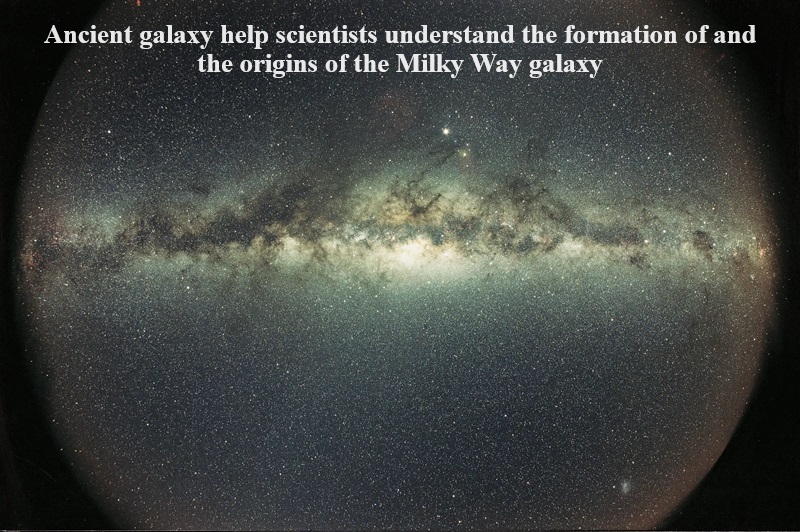
A groundbreaking photo of the ancient spiral galaxy BRI 1335-0417, taken by the Atacama Large Millimeter/submillimeter Array (ALMA) telescope, has provided scientists with crucial information about the structure, formation, and origins of galaxies. This 12 billion-year-old galaxy is renowned as the furthest spiral galaxy, offering a unique opportunity to study its intricate details.
Lead author Dr. Takafumi Tsukui highlighted the primary objective of capturing the galaxy’s snapshot: to investigate the movement of gas within and around the galaxy. Understanding gas dynamics is crucial for deciphering the star formation process within galaxies. However, the research team discovered an unexpected revelation – the detection of a seismic wave within BRI 1335-0417. This marks the first time that seismic activity has been identified in a galaxy.
The photo not only unveiled the motion of gas but also exposed a seismic wave within the galaxy’s disk. The disk, a flattened mass comprising rotating stars, gas, and dust, displayed a ripple-like motion akin to the spread of waves on a pond after a stone is thrown. This discovery provides a significant clue for scientists seeking to unravel the formation mechanisms of galaxies.
The unique features observed in BRI 1335-0417 make it an invaluable cosmic laboratory for studying galactic phenomena. The advanced capabilities of the ALMA telescope have enabled scientists to delve deeper into the mysteries of the ancient universe and gain insights into the processes that contributed to the formation and evolution of galaxies.

Post Your Comments